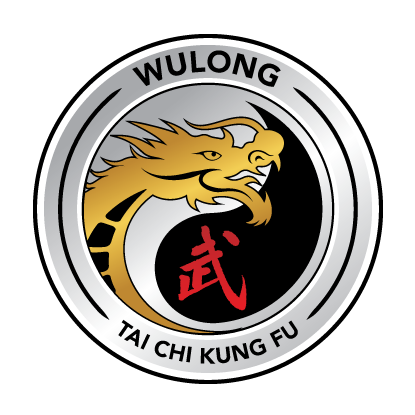Ba Duan Jin qigong
(Eight section exercises)
Ba Duan Jin, also known as the "Eight Pieces of Brocade," is a traditional Chinese qigong practice that has been in use for over 1,000 years. Ba Duan Jin is a set of traditional Chinese health qigong exercises that consist of eight gentle movements designed to improve physical health, mental well-being, and spiritual cultivation. Ba Duan Jin is a popular qigong practice that is suitable for people of all ages and fitness levels. The primary objective of Ba Duan Jin is to enhance the overall health and well-being of practitioners by promoting the smooth flow of Qi (life energy) throughout the body. The practice is often performed in the morning or evening as a way to promote relaxation and improve overall health and well-being.
HISTORY
A Han Dynasty (206BC – AD220) brocade painting named Illustration of Qi Conduction was unearthed in the 1970s from a senior official’s tomb in the central China city of Changsha. It shows four body and limb movements which are very similar to the following in the modern Ba Duan Jin exercises – “Posing as an Archer Shooting Both Left- and Right-handed,” “Holding One Arm Aloft to Regulate the Functions of the Spleen and Stomach,” “Moving the Hands down the Back and Legs, and Touching the Feet to Strengthen the Kidneys,” and “Raising and Lowering the Heels to Cure Diseases.” Similar illustrations can also be found in a book On Caring for the Health of the Mind and Prolonging the Life Span written by Tao Hongjing of the Southern and Northern Dynasties (420 – 589).
Benefits
Ba Duan Jin has gained worldwide recognition as an effective exercise system for improving health and preventing diseases. It is published by the Chinese Health Qigong Association, Additionally, over 450 scientific studies have been conducted to investigate its health benefits and effectiveness.
Practicing Ba Duan Jin on a regular basis has numerous benefits, such as:
Increasing flexibility and strengthening muscles, bones, and joints
Boosting the immune system and improving respiratory function
Reducing stress, anxiety, and depression
Regulating blood pressure, blood sugar levels, and cholesterol.
Improving sleep quality, including reducing difficulties in getting asleep and reducing daytime sleepiness
Reducing fatigue and improving the quality of life for patients with cancer, musculoskeletal pain, and chronic illnesses
Improving cognition, executive function, and slowing down age-related cognitive deterioration
Alleviating various types of mental illnesses, increasing patients' social competence, and enhancing emotional regulation
mindfulness and mental relaxation
Ba Duan Jin practice is a natural combination of movement, breathing and mindfulness. A relaxed mind eliminates psychological and physiological stresses. A relaxed body tones muscles, joints and organs. Over time, practitioners of Ba Duan Jin can achieve this two-fold relaxation, from the inside to the outside, to get one’s body, breath and mind free of restraint. A peaceful mind and a calm mood flow from total concentration on the exercise without distraction.
Read about benefits of Ba Duan Jin on our BENEFITS page

